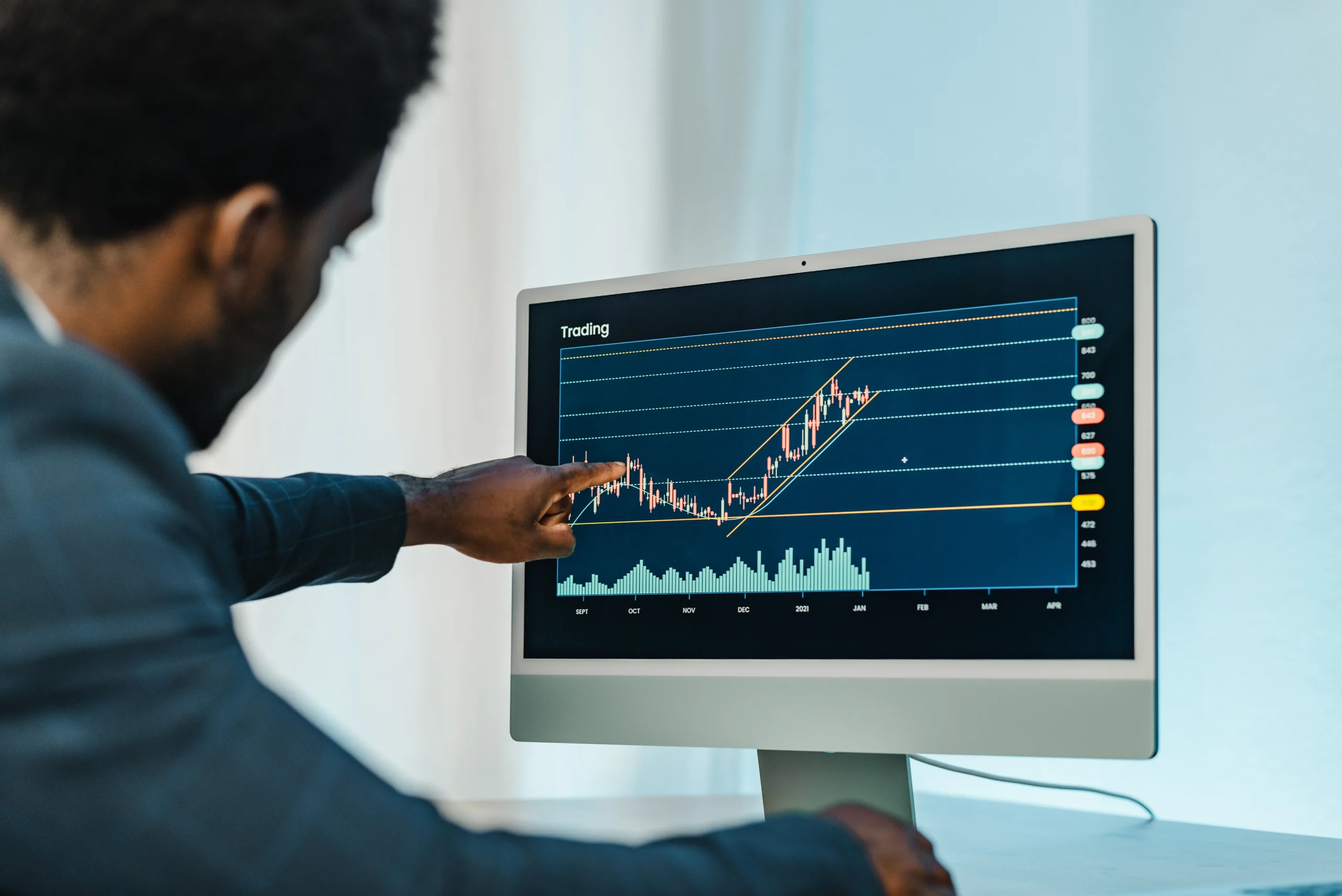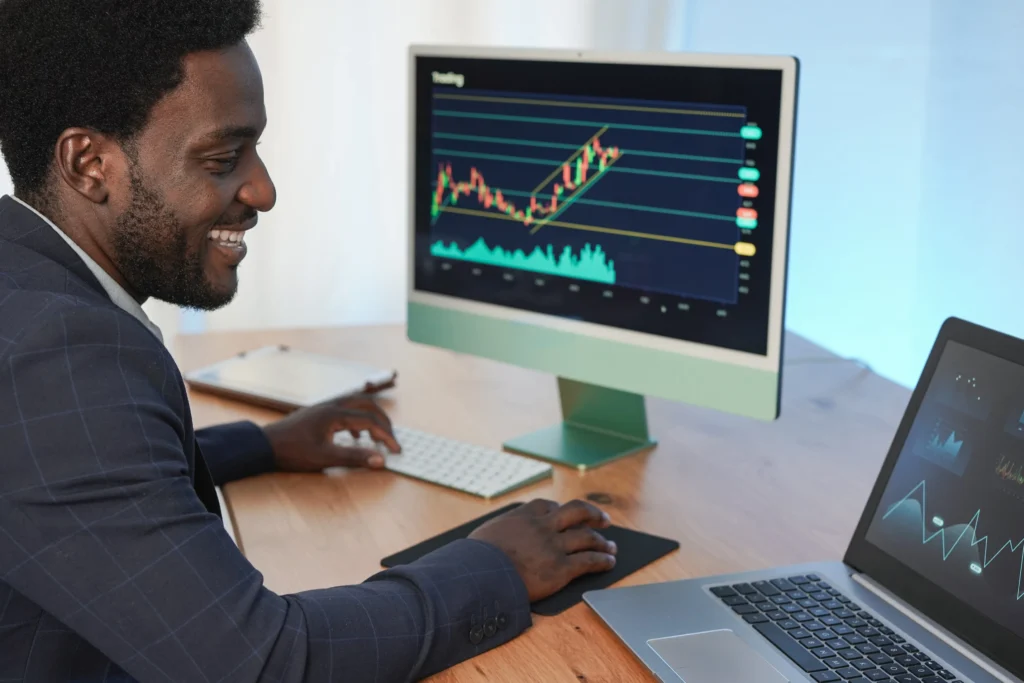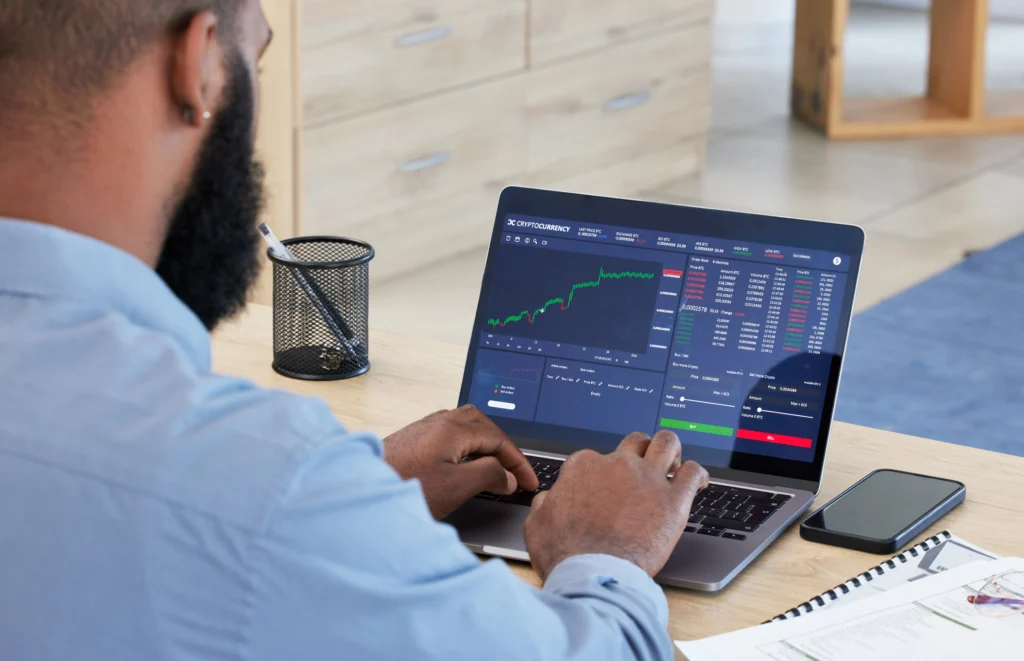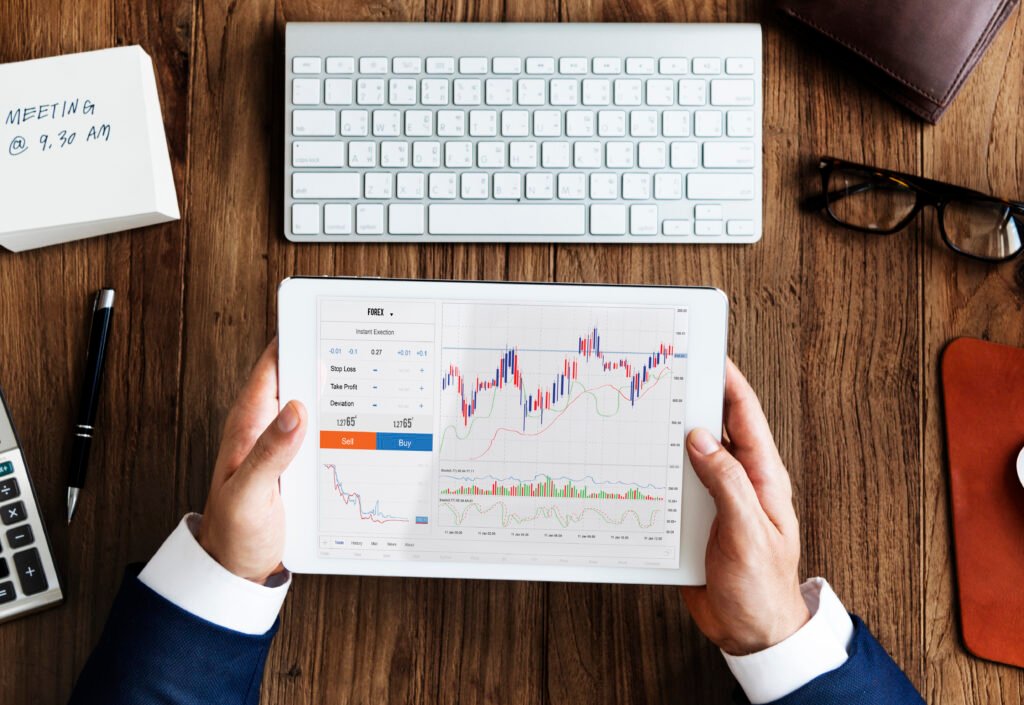Forex trading is all about timing and informed decisions. Live Forex signals are an essential tool for traders seeking real-time insights into market opportunities. These signals provide actionable recommendations, enabling traders to make faster, more accurate decisions. This guide outlines five effective ways to integrate live Forex signals into your trading strategy for better results and minimized risks.
- Act Quickly on Real-Time Alerts
Timing is everything in Forex trading, and live Forex signals provide the immediacy needed to capitalize on fast-moving markets. These signals are delivered in real-time through apps, email, or SMS, allowing traders to act instantly.
How to Respond Quickly
- Stay Connected: Ensure you have a stable internet connection and access to your trading platform at all times.
- Enable Notifications: Use push notifications or SMS alerts to receive signals instantly.
- Set Up Your Platform: Keep your trading platform open and ready for quick order execution.
Example
If a live signal recommends buying USD/JPY at 145.30 with a stop-loss at 145.00 and a take-profit at 146.00, immediate action ensures you enter the trade at the recommended level.
- Use Risk Management Tools to Protect Your Trades
Live Forex signals often include stop-loss and take-profit levels, which are crucial for managing risk and securing profits. Properly applying these levels ensures you limit potential losses while maximizing gains.

How to Implement Risk Management
- Stop-Loss Orders: Automatically exit a trade if the price moves against you.
- Take-Profit Orders: Secure profits by closing the trade once it hits the target price.
- Position Sizing: Use tools like Forex calculators to determine the appropriate lot size based on your risk tolerance.
- Combine Live Forex Signals with Market Analysis
Live signals are powerful on their own, but their effectiveness increases when combined with your own market analysis. Understanding the context behind a signal allows you to make better-informed decisions.
Analyze Market Trends
- Technical Indicators: Use RSI, moving averages, and Bollinger Bands to validate signals.
- Fundamental Analysis: Check economic calendars for events that may impact the market, such as interest rate announcements or GDP reports.
Example
A live signal recommends selling EUR/USD due to bearish market sentiment. By reviewing the latest economic news, you can confirm if upcoming events support the recommendation.

4. Automate Your Trades for Faster Execution
Automation is an excellent way to act on live Forex signals instantly, reducing the risk of missing opportunities due to delays or emotional hesitation.
Tools for Automation
- Copy Trading Platforms: Services like ZuluTrade and Myfxbook allow you to copy trades directly from experienced signal providers.
- Trading Bots: Use bots compatible with platforms like MetaTrader to execute trades as soon as signals are received.
Benefits of Automation
- Eliminates manual errors.
- Ensures consistency in following signals.
- Saves time, especially during high-volatility periods.

- Monitor and Adjust Your Strategy Based on Performance
Tracking the performance of your trades is critical to improving your strategy over time. Monitoring results ensures you understand which signals work best for your trading style.
How to Track Performance
- Keep a Trade Journal: Record every trade, including entry/exit points and results.
- Evaluate Signal Accuracy: Compare the outcomes of signals against market movements.
- Adjust Strategies: Modify your approach based on recurring patterns or discrepancies.
Example
If you notice that signals for GBP/USD perform better during London trading hours, adjust your strategy to prioritize those periods.

Benefits of Using Live Forex Signals
- Real-Time Market Insights
Live Forex signals provide timely information, ensuring traders act on opportunities as they arise.
- Improved Discipline
Signals guide traders to stick to a plan, reducing impulsive decision-making.
- Accessibility for All Levels
From beginners to experienced traders, live signals offer actionable insights tailored to different skill levels.
Risks and Limitations of Live Forex Signals
- Overdependence on Signals
Relying solely on signals without personal analysis can limit your growth as a trader.
- Potential for Delayed Action
If you fail to act quickly, the market might move away from the recommended entry point.
- Market Volatility
During periods of high volatility, even accurate signals can be rendered less effective.
Common Mistakes When Using Live Forex Signals
- Ignoring Risk Management: Failing to set stop-loss levels can lead to significant losses.
- Overloading with Signals: Following too many signals simultaneously can cause confusion.
- Skipping Validation: Neglecting to verify signals using your own analysis can result in errors.
Future Trends in Live Forex Signals
- AI and Machine Learning: These technologies are making live signals more accurate by adapting to market conditions in real time.
- Blockchain Technology: Blockchain may enhance transparency and trust in signal generation.

FAQs About Live Forex Signals
-
What are live Forex signals?
Live Forex signals are real-time recommendations for buying or selling currency pairs based on market analysis.
- How are live Forex signals delivered?
They are sent via email, SMS, mobile apps, or integrated trading platforms. - Can I automate trades based on live signals?
Yes, platforms like MetaTrader and ZuluTrade allow automation of trades using live signals. - Are live Forex signals suitable for beginners?
Absolutely. They simplify decision-making and offer an excellent starting point for new traders. - What tools can enhance live signal trading?
Forex calculators, economic calendars, and trading bots can improve your efficiency. - How do I track the performance of live Forex signals?
Use trade journals and analytics tools to monitor outcomes and refine your strategy.
























